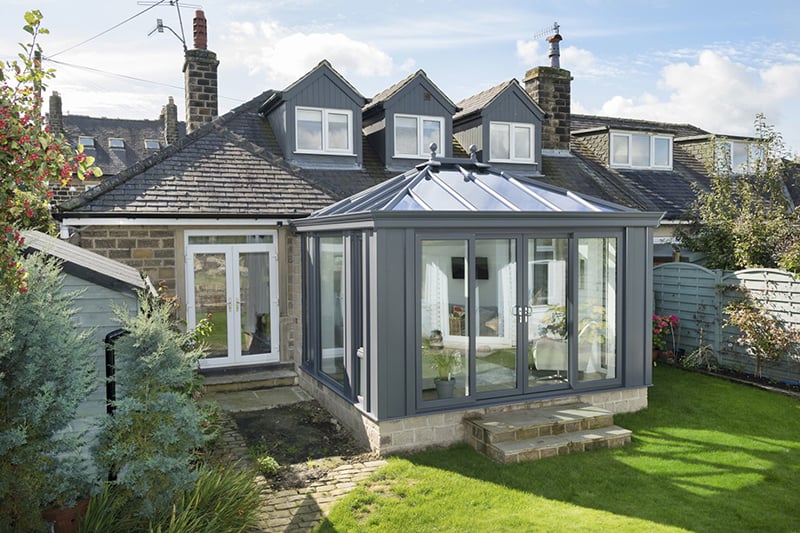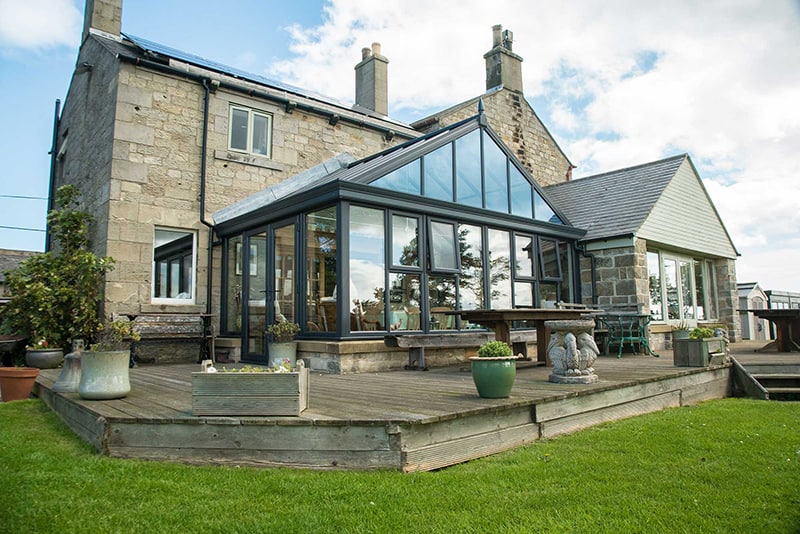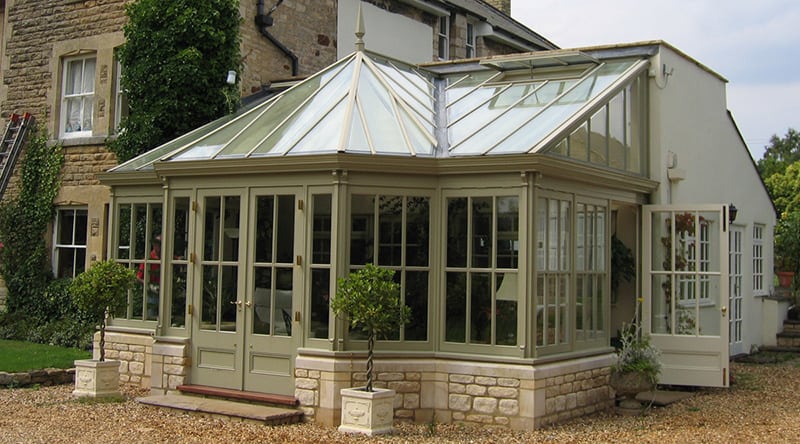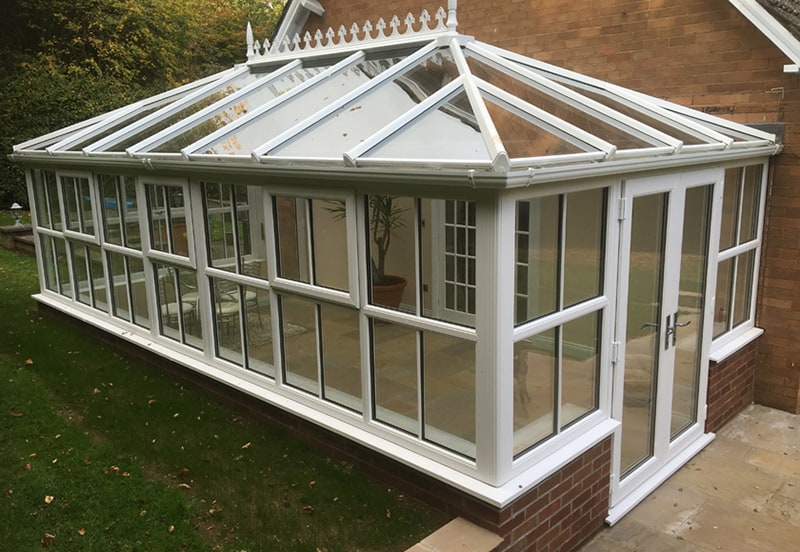A shed roof has two major functions: to direct weather elements away from the shed and to improve aesthetics. However, there are so many shed roof framing styles you can easily get overwhelmed when choosing one. You have to consider its shape, size, design, beauty, durability, and much more. Today, we’re reviewing two of the most popular shed roof types–Lean-to and Gable–to help you pick the right one for your shed.
When to Use a Lean-To Roof
As its name indicates, a lean-to roof slopes down and does not rise in the center like a standard roof. It is also known as a skillion roof. Here are a few scenarios when a lean-to shed roof is ideal.
Use a Lean-To Roof If You Live in a Snowy or Rainy Area
The steep pitch of a lean-to roof allows water and snow to easily run off. It makes the roof ideal for areas that experience a lot of rain and snow. The roof leans away from the shed, pushing water away from the structure. It prevents the accumulation of water puddles that may damage the shed or the siding.

A Lean-To Roof is Ideal When You Want to Save Space
If you want to build a shed under your second-story deck or to make dead space functional, a lean-to shed is ideal. The great thing about this roof type is it can go almost anywhere. You can attach the shed to your house and make use of the dead space that would otherwise remain unused.
A shed that is attached to your home provides a lot of useful space. And if the roof slopes toward the front, it keeps water away from your home’s foundation. If your shed is made out of wood, you can paint it the same color as your home’s siding.
Install a Lean-To Roof If You Have a Small Budget
Because a lean-to shed roof consists of one flat surface, it is easier to install than other roof types. Its simple design also makes it cost-effective. The roof uses fewer materials, cutting down part of the cost. A lean-to roof can also be built quite fast because a contractor does not have to install multiple ridges or make surfaces meet. These processes usually make the job more challenging.

When to Use a Gable Roof
A gable roof is created using two slopes that join to form a triangle. This roof type is also known as a peaked or a pitched roof. It is one of the most popular roof types in the United States and is easily recognized by its triangular shape. Here are some situations where this type of roof is ideal.
When You Want Your Shed Roof to Withstand Different Weather Elements
Because a gable roof has a slope on either side, it excellently diverts snow, rain, and sleet away from the shed, preventing the build-up of elements that may damage it in the long term. The roof offers a high level of protection to the shed and forms a natural displacement system for different weather elements. It is the best type of roof if you live in a high-altitude area that normally experiences a lot of snowfall in winter.

If You Need a Lot of Storage Space
When you opt for a shed with a gable roof, you give yourself a bit of additional space that can make all the difference in how you live. If you install a vaulted ceiling inside the shed, it becomes not only visually appealing, it also adds useful space where there may not have been any. The triangular design of a gable roof also makes for better ventilation in the shed. You can also choose a sturdy material for the shed’s interior to make the most of vertical space.
Install a Gable Roof If You Don’t Live in an Area with High Winds or Hurricanes
If you happen to live in an area that frequently experiences high winds or hurricanes, a gable roof can be quite problematic. It can quickly collapse if its frames do not have adequate support. High winds can also cause the components of a gable roof to peel away.
If the roof has a large overhang, high winds can form an uplift underneath and detach the roof from the walls. So, if you decide to have a gable shed roof installed in a high-wind area, make sure the proper braces are used.
Lean-To vs. Gable: Choosing the Best Roof for Your Shed
Each of these two roof types has its own unique features and benefits. Before your shed, consider where you live, the available space, and your budget. There’s no use installing a shed roof that won’t last. Pick one that is both functional and appealing. It will last for years and enhance the aesthetics of your outdoor space.

